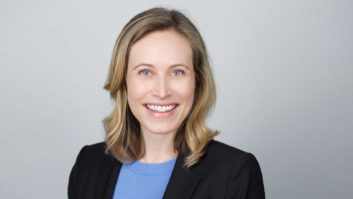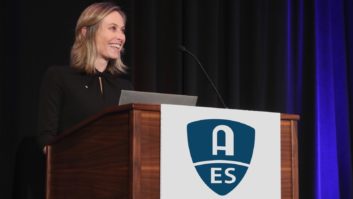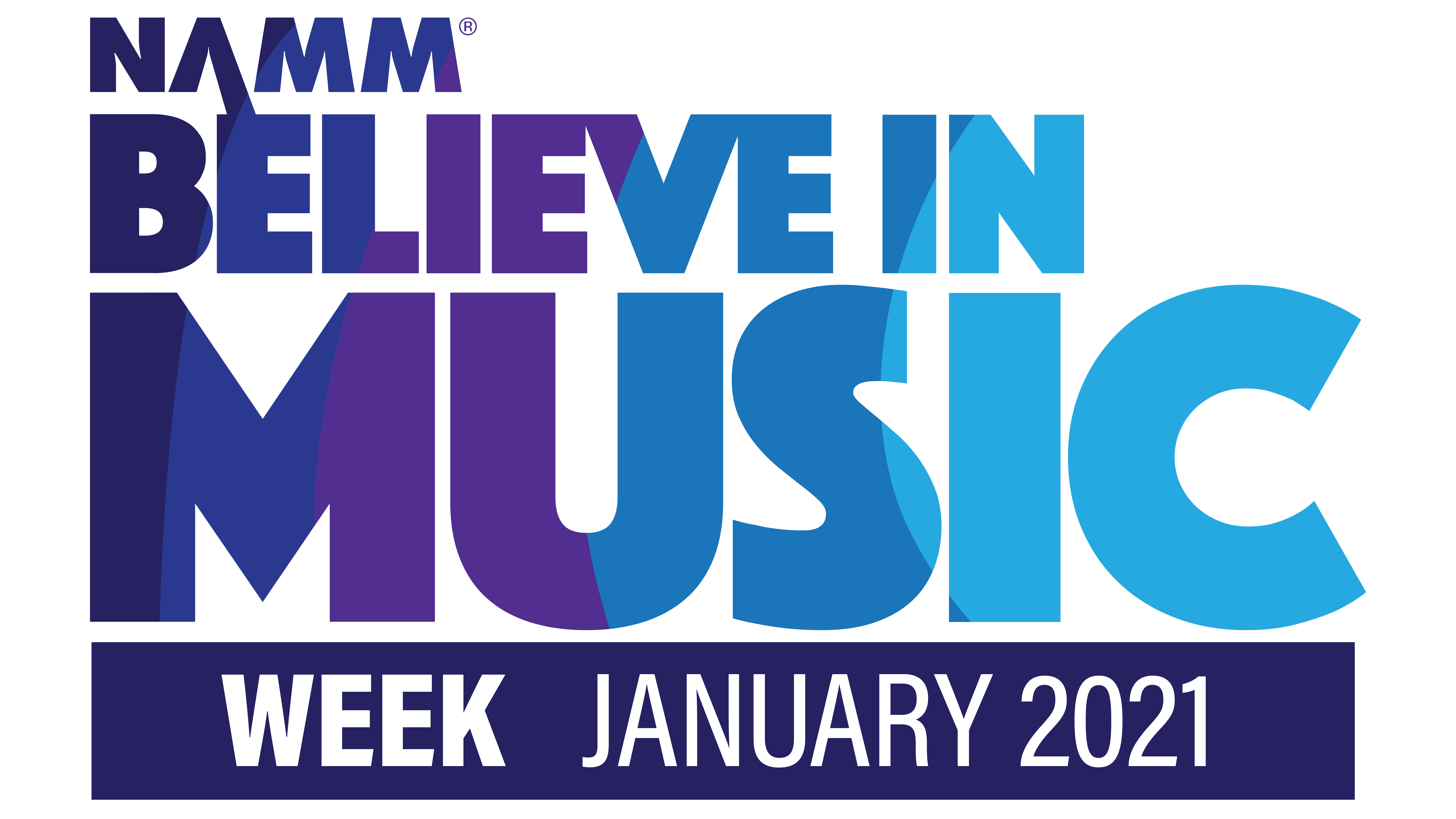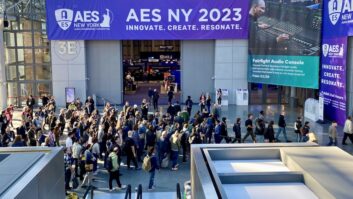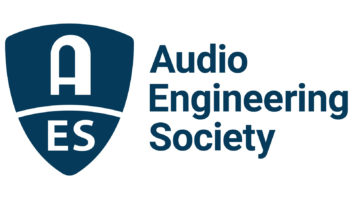
Times have changed, and the Audio Engineering Society is changing with them—but who’s spearheading the effort? Since Bob Moses became the organization’s Executive Director in January, he’s led the effort to reinvent the AES, re-tooling it for the 21st Century. Taking the helm of a 14,000-member organization and steering it toward the horizon is no simple task, so we sat down with Moses to find out more about his history with AES, his plans for its future, and what they could mean for both its members and the pro audio industry at large.
Q: How did you get your start in the pro audio business? And with the Audio Engineering Society?
A: My grandfather, Wadia Moses, started a rural telephone company in the 1940s and my father grew up in the family business as a lineman, eventually becoming an electrical engineer specializing in telephony and audio. I remember hanging out with my dad as a kid, making speakers and amplifiers and basically following in his footsteps.
Later, when I was beginning studies toward a Masters Degree in Electrical Engineering at McGill University, I figured out a novel way to do oversampling for early compact disc players. My dad was bored with telephones by then, and I think my grandfather was bored at his retirement home in Florida, so the three of us founded Wadia Digital (named after my grandfather) and enjoyed quick success as one of the early “high-end” audio manufacturers focused exclusively on digital audio. But then I fell in love with a girl thousands of miles away and did what any 20-something year old guy would do in that situation, I left my good job and moved west. Out of dumb luck, I saw an ad in the Sunday paper just before I moved to Seattle for a “digital audio engineer” position at a pro audio start up called Rane Corporation. I answered the ad, got the job, moved west, married the girl, and spent the first decade of my career cutting my teeth at Rane, designing pro audio signal processing products. Now, 25 years later, I don’t know how to do anything else, so I guess I’m stuck with pro audio (and pro audio is stuck with me).
The way I got involved in AES was simple. Dennis Bohn, my boss at Rane, told me to get as deeply involved in AES as I could to learn the business. So I started going to local section meetings, attending conferences, writing papers, and participating in the standards committee. AES became my community, and it has always served as my primary outlet to seek feedback on ideas, find people, and grow as an audio professional.
Q: How did your background influence the job you do now?
A: I’ve probably used every resource AES has to offer. My AES membership gave me a connection with luminaries in the audio business and the confidence and means to approach them as a peer. Conventions, conferences, and the e-library helped me learn everything I know about audio and pass on some of the knowledge I gained to others. Our local AES section gave me a community of friends and colleagues to geek out with. The standards committee helped me deploy a new technology (Firewire) into the marketplace gracefully, and so on. So as executive director, I have firsthand experience with the various ways AES can serve people because it’s been serving me my entire career.
Q: Tell me a little about the AES structure. Break it down in terms of mission, membership, activities. How is it all laid out–how many employees? What about the governing board?
A: AES is a 501(c)(3) non-profit organization with elected volunteer officers and board members and a small full-time staff in our New York City headquarters. As Executive Director, I manage operations in the headquarters office and I report to the Executive Committee (“EXCOM”) comprised of the elected officers (President, Treasurer, Secretary, etc.). In turn, EXCOM answers to the Board of Governors (BOG), a dozen or so people elected from the membership who watch over the mission of the organization. The mission of the organization is to disseminate scientific (technical) information about audio. So every activity we do, and every decision we make, must serve our members and the science of audio.
Q: Talk a little about the Society’s headquarters/staff culture and approach to achieving its mission.
A: Our HQ staff is quite small, only eight people. One person runs the AES Journal. One person runs conventions. One person runs the Website and electronic library. One runs membership. One runs business development. One basically runs the office. And a couple of us run around cracking the whip and filling in the gaps.
Now, each of these things is not a one-person job. Most should be departments of multiple people. A few years ago, AES had something like 30 people. But we lost many of them due to cutbacks during the recession, attrition and long story short, we now have a tiny staff. I don’t know how these folks do it. AES HQ is extremely efficient and I am in awe of all that gets done. Of course, we have a great network of volunteers and some contractors who pitch in and help. I think AES is a labor of love for most people. So we move mountains. But it’s exhausting at times. I wish I could simply hire another 15 or 20 people, but we don’t have the financial resources right now to do that. Thus, my plan is to increase our income by serving businesses in new and better ways, and to use that new income to hire more staff. That will take time, as this is a tough economy and we are facing the same challenges every other business is facing.

Q: How do you fit in with the team? In which areas is your attention focused? What have you learned in your first 3/4 year at AES? Where does the Society need to change or adapt?
A: Well, ironically, having been an engineer all my life, I’ve basically become the AES marketing guy. AES has so much to offer, but it has struggled to communicate this value because it has never had a marketing department before. Hey – what do you expect from an engineering organization? So I’ve gone to the dark side and I spend most of my time figuring out how to draw a box around the things we do well and how to communicate those to our stakeholders. As we move forward, I’d like to hire some real marketing people who can undoubtedly do this much better than I do and focus my time more on business development and long-term strategic planning.
The team itself, those other seven hard working people I mentioned earlier, seem to put up with my eccentricities and I appreciate that they have been patient with me as I ramp up and throw a lot of changes at them. And thankfully, they have my back and haven’t allowed me to break anything yet.
Q: What are the strengths of the Society? Why is it relevant in the Internet age?
A: The main strength I see is the people. Not just the AES staff and volunteers, but our members – all 14,000 or so of us. That might sound prosaic – but I’m being sincere. AES is first and foremost an eminent group of people with a common interest in audio, getting together in various ways to listen, learn, and connect with each other. AES has always been where the audio elite hang out and create the next big thing together. Now why is that important in the Internet age? Doesn’t the Internet connect people and provide all the info they need? Sure, but go to Google and type in “audio”. You get 734,000,000 hits. ‘MP3 format’ gives you over 6 billion hits, mostly junk. Go to the AES e-library and search for ‘MP3’ and you get over 500 technical papers written by the folks who created MP3, about all facets of the technology. Ditto for pretty much any other audio topic. But why use the e-lib when you know the people who actually do the seminal work in the field? If I want to know about MP3 format, I just call up my buddies Karlheinz Brandburg or JJ Johnson, the two guys who invented it, because I’ve become friends with them through the AES. That’s the beauty of AES – the leaders in the field and the most authoritative info is right here, without millions of 14-year-olds and nut jobs polluting the information with noise.
Having said that, the Internet is an important communication tool for us to use. AES has a great Website with 15,000 research papers, standards, video tutorials, and other resources. We’re using Twitter and Facebook more and more to reach out to members and connect them. We’re also experimenting with mobile apps to bring AES to you on the go. AES is a rich collection of people and information, and we’ll use whatever communication tools we have at our disposal to connect with each other.
Q: The traditional pro audio marketplace is changing rapidly, in terms of technology and business, affecting the size and draw of AES’ conventions, particularly on the accompanying exhibition side of the conventions. How is AES adapting to the times? How is the Society addressing it’s core mission while at the same time addressing issues that are challenging the significant funding provided by the conventions?
A: Indeed, the world has changed dramatically over the past decade or so. The Internet, as you pointed out earlier, has changed how people communicate and exchange information. The economy has been sluggish, making it difficult for businesses (and the AES) to grow and prosper. Retail has been consolidated to a few big box stores, and a large amount of it is online now. The music business pretty much went bankrupt and is coming back in a totally new form optimized for mobile phones. The audio business is a very different animal than it was, say, 10 or 15 years ago.
So how should the AES evolve to keep up with these changing times? If you take a close look at many of the disruptive new products and technologies – the Internet, mobile devices, gaming, etc., audio is often the killer app that helps them take off. AES needs to embrace these new areas and be the source of audio intelligence that guides them to a higher place. Our conventions need to draw in these new markets and help incubate growth. Training seems to be a huge need – I have heard so many CEOs tell me, actually beg me in some cases, to provide high quality audio training to employees, customers, and the world at large so they can focus on making great new audio products that people understand and appreciate. Without AES, audio would stagnate. I think that as we demonstrate the many ways we help the audio business grow, and the many ways we can serve businesses beyond just the exhibit floor, we will have a bright future.
Q: What do you see as the Society’s future direction or directions?
A: Our community of scientific researchers is as strong as ever, incubating all kinds of crazy new audio technologies. Businesses are seeking new technologies to innovate new products and fuel growth. Recording, live sound, design and other engineers are looking for the hottest new products and workflows to help them create better audio. Consumers and audio enthusiasts are looking for a better audio experience too. The music business needs help getting back on its feet after the Internet cut its feet off. There are so many ways to serve the world. The common element here is knowledge. Creating it, sharing it, and authenticating it. AES will remain the preeminent audio authority in the world, bringing all the top minds together, sharing ideas, pursuing the good ones together, and unleashing audio innovations into the marketplace. That’s really what we were founded to do over 60 years ago.
AES
